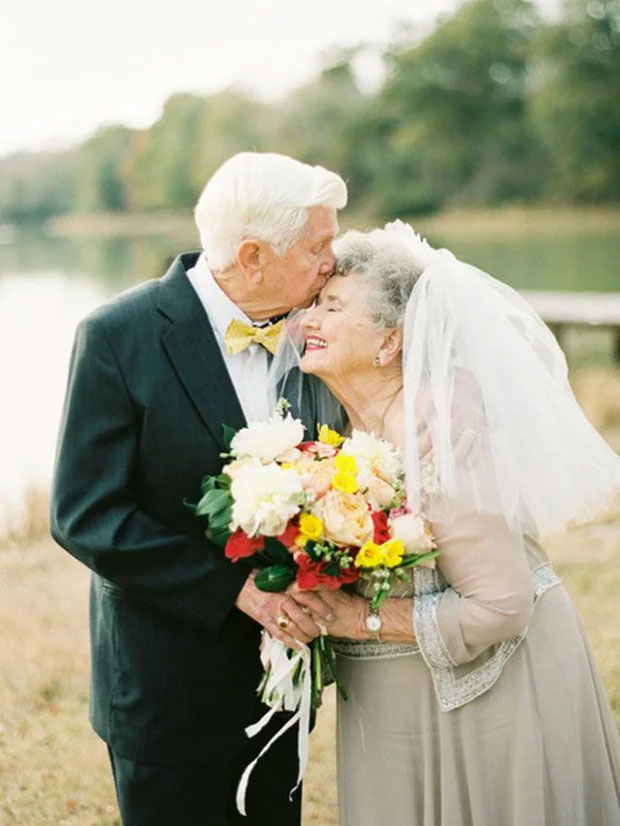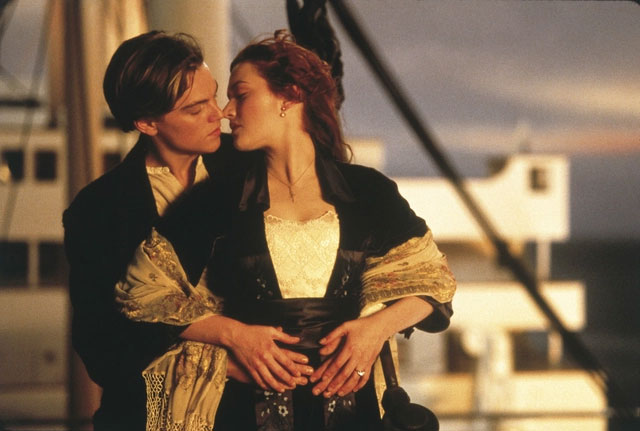The Love Triangle Theory suggests that you can experience various types of love with one person over time.
Types of Love Encountered in Life
Love is an eternal topic for humanity. From the perspective of science and psychology, love can also be analyzed and explained. In the late 1980s, Dr. Robert Sternberg introduced the Love Triangle Theory and classified human love into seven different types.
According to the psychologist, there are three components that “constitute” relationships between people, including: intimacy, passion, and commitment. The importance of each component may vary from person to person and between couples, but all three components are essential for an ideal romantic relationship. Based on the presence of these components in a relationship, he classified love into seven basic types:
Liking (Friendship)
This type of affection occurs when there is a degree of closeness or fondness between two people, but the feelings of passion and desire for romantic commitment are lacking. Friendship can be the root or the beginning of other forms of love.
Infatuation
Infatuation is when two people feel attracted to each other and have physical desires but do not yet have fondness or commitment. Typically, those in this type of affection have not had enough time to develop deeper feelings of intimacy. It can lead to romantic love or consummate love. The initial feeling of infatuation is often very intense.

The initial feeling of infatuation is often very intense. (Illustrative image).
Empty Love
Empty love is characterized by the presence of commitment without passion or intimacy. Sometimes, a strong love can turn into empty love. The opposite can also happen. For instance, an arranged marriage may start off as empty but blossom into another form of love over time.
Romantic Love
Romantic love connects human emotions through intimacy and physical passion. Those in this type of relationship engage in deep conversations that help them learn intimate details about each other. They enjoy passion both emotionally and sexually. Couples in this stage may not have yet decided on long-term commitments or future plans.
Companionate Love
Companionate love is a type of intimate love, but it lacks infatuation or passion. It includes the two components of intimacy or liking and the component of commitment within the love triangle. It is stronger than friendship because there is a long-term commitment, but there is little or no sexual desire.
This type of love often appears in marriages where infatuation has faded, but the couple still maintains deep affection or a strong bond. It can also be the affection between very close friends and family members.

This type of love often appears in marriages where infatuation has faded. (Illustrative image).
Fatuous Love
In this type of love, the elements of commitment and passion are present while intimacy or liking is absent. This kind of love often occurs during the dating phase between two parties, when desires such as wanting a romantic partner or someone to care for them stimulate them, even though they may not truly like each other. Fatuous love can develop into another form of love or may not.
Consummate Love

Consummate love represents an ideal relationship. (Illustrative image).
Consummate love is when all three components of love are present in sufficient amounts. It represents an ideal relationship. Couples experiencing this type of love will have great sexual relationships after several years. They cannot imagine being with anyone else. They also cannot see themselves truly happy without their partner by their side. This is undoubtedly the type of love that everyone yearns for in life.


















































